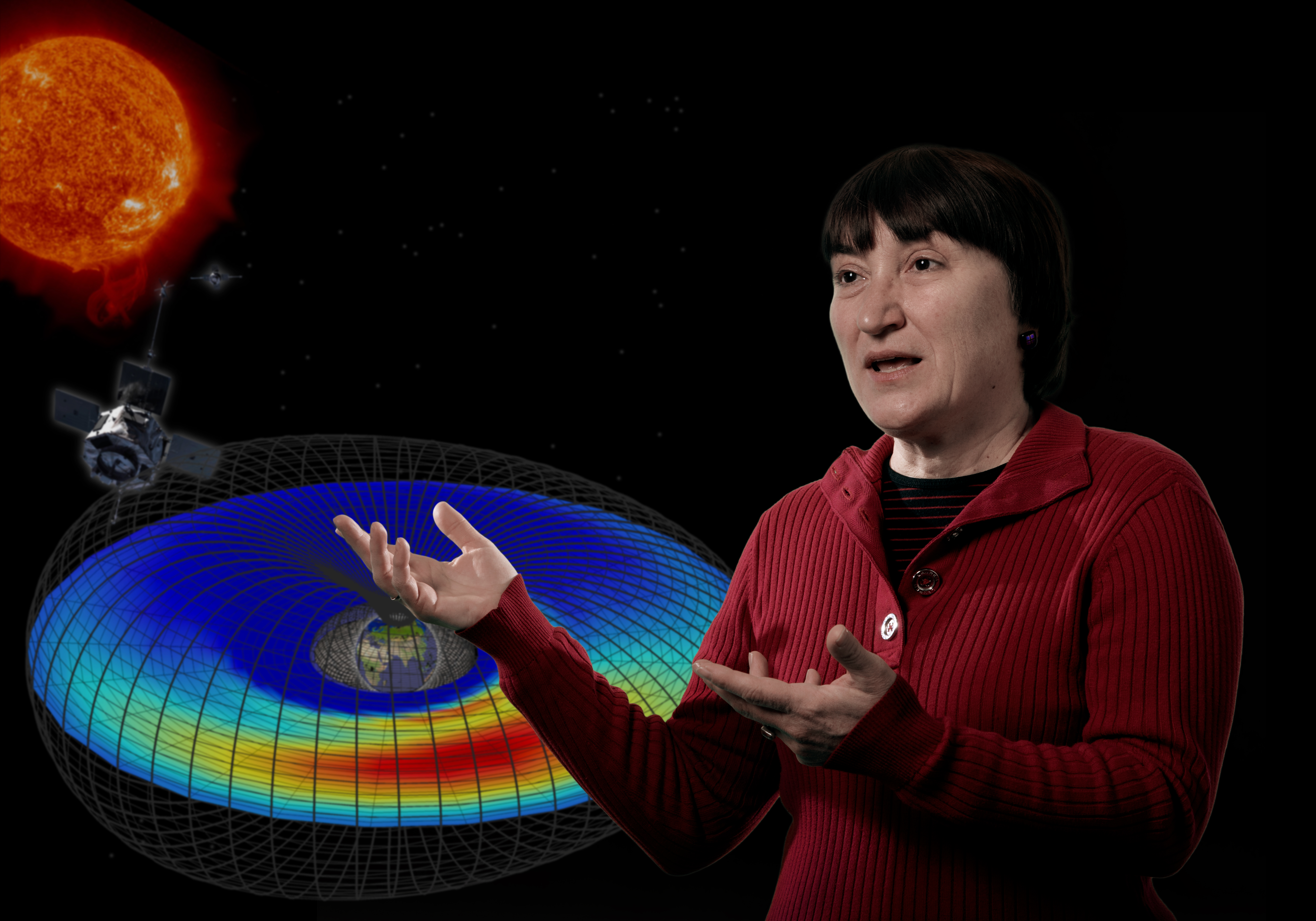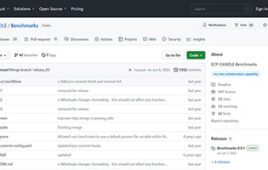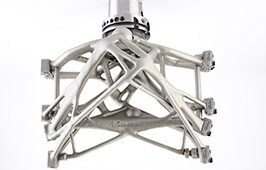Apply for the 2018 R&D 100 Awards
SHIELDS— developed by Los Alamos National Laboratory and co-developed bythe University of Michigan—was a 2017 R&D 100 Awards Winner, receiving the award at the R&D 100 Awards Gala held in Orlando, Florida on Nov. 17, 2017. See the full list of 2017 R&D 100 Award Winners here.
The R&D 100 Awards have served as the most prestigious innovation awards program for the past 56 years, honoring R&D pioneers and their revolutionary ideas in science and technology.
Submissions for the 2018 R&D 100 Awards are now being accepted. Any new technical product or process that was first available for purchase or licensing between January 1, 2017 and March 31, 2018, is eligible for entry in the 2018 awards. Entries for the R&D 100 Awards can be entered under five general product categories— Mechanical Devices/ Materials, IT/Electrical, Analytical/Test, Process/Prototyping, and Software/Services.
The deadline is July 2, 2018.
To apply visit: https://www.rd100conference.com/how-enter-rd-100-awards/
In the near-Earth environment—where thousands of civilian and military satellites and other instruments are currently located—space weather poses a significant risk.
Radiation belts can affect satellite operation. Particles and currents from the magnetosphere can heat the upper atmosphere, resulting in satellite drag that can change the obits of low-altitude satellites. Dynamic occurrences in the magnetosphere can influence the ionosphere, which can then interrupt communication and navigation satellites.
In addition, in the most heavily satellite-populated region of the Earth’s magnetosphere, there is a particularly challenging type of space weather known as the spacecraft surface-charging environment (SCE). When SCEs occur, they could damage satellites and thus interrupt radio/television reception, disrupt the operation of cellphones and GPS,and endanger military and civilian operations.
“We need to protect our assets in space,” said Vania Jordanova, PhD, a senior scientist at Los Alamos National Laboratory, in an interview with R&D Magazine. “It’s very important for national security.”
Jordanova is the principal investigator on Space Hazards Induced near Earth by Large Dynamic Storms (SHIELDS), a new software platform designed to understand, model, and predict SCE about an hour before it hits satellites. SHIELDS—developed by Los Alamos National Laboratory in partnership with the University of Michigan—was a 2017 R&D 100 Award winner.
An operational version of SHIELDS is already installed at National Oceanic and Atmospheric Administration’s (NOAA) Space Weather Prediction Center, where it provides short-term forecasts and enable operations to prevent damages. Early warning of space weather events allows adjustments to be made to satellites and other technologies to reduce possible damages, said Jordanova.
“The idea is to be able to protect the satellites and the instruments on the satellites. With early warning, they can be put in safe mode or operated differently,” said Jordanova. “If an operation is scheduled to be done and we know that something is happening with space weather, these operations can be postponed.”
In addition to forecasting future space weather events, SHIELDS also allows researchers to analyze and understand past weather events. This helps fine tune SHIELDS’ predicative abilities as well.
“If something has happened we want to understand the cause of the event,” said Jordanova. “Using SHIELDS we can now understand which processes are important and which processes we need to emphasis more in the model and how we can simulate them.”
SHIELDS also gives scientists the ability to determine if problems with in-space technology are due to space weather or man-made causes.

Vania Jordanova with a SHIELDS model of the Earth’s magnetosphere including a satellite and the sun. Credit: Los Alamos National Laboratory
How it works
SHIELDS employs multiscale modeling and assimilates satellite observational data to achieve specification of the near-earth space environment. It includes an end-to-end model of the magnetosphere driven by the dynamic solar wind. SHIELDS incorporates the University of Michigan’s Space Weather Modeling Framework (SWMF), which provides high-performance computational capabilities critical to resolve SCE dynamics.
Los Alamos National Laboratory describes how SWMF and the SHIELDS platform are utilized together below:
“The SWMF represents the first global magnetosphere model to transition fromresearch mode to operation mode—it is the first to provide timely and exclusive data before a solar storm actually strikes. It uses solar-wind data collected from upstream monitors with a one-minute time resolution; all other operational models are smaller-scale, regionoriented, and are updated every one to three hours. The SHIELDS platform improves the accuracy of these forecasts and can provide for the first time new ones, such as the SCE fluxes along a specific spacecraft orbit in the inner magnetosphere.”
SHEILDS is effective because it can model even the smallest challenges in space weather, said Jordanova.
“As you can imagine, space is huge and in the past most people were modeling the large-scale changes,” she said. “But now we are understanding that also the small-scale changes are very important. We have also been accumulating a lot of data in space and now we are starting to do data simulations. We’ve demonstrated that this improved our models.”
SHIELDS was designed as an open-source program and is the only known global space-weather model available for download. It can be modified to fit a user’s distinct needs.
Its creators stated that it was designed as open-source to “foster collaboration and expand the knowledge base of the space-physics community.”
Future plans
Although SHIELDS is already publically available, the team at Los Alamos National Laboratory will continue to work on improving the technology and expanding its applications, said Jordanova.
“We have several ideas for future development,” she said.
These include expanding the model to simulate rare, extreme weather events and better understanding how space weather impacts Earth.
“SHEILDS was mostly focused on the space environment and what is happening in near-Earth space,” said Jordanova. “What we are interested in now is impact on the ground, so we are working with other collaborators to understand space weather’s impacts on the ground, such as impacts on the power grid, and others types of anomalies that could happen.”





